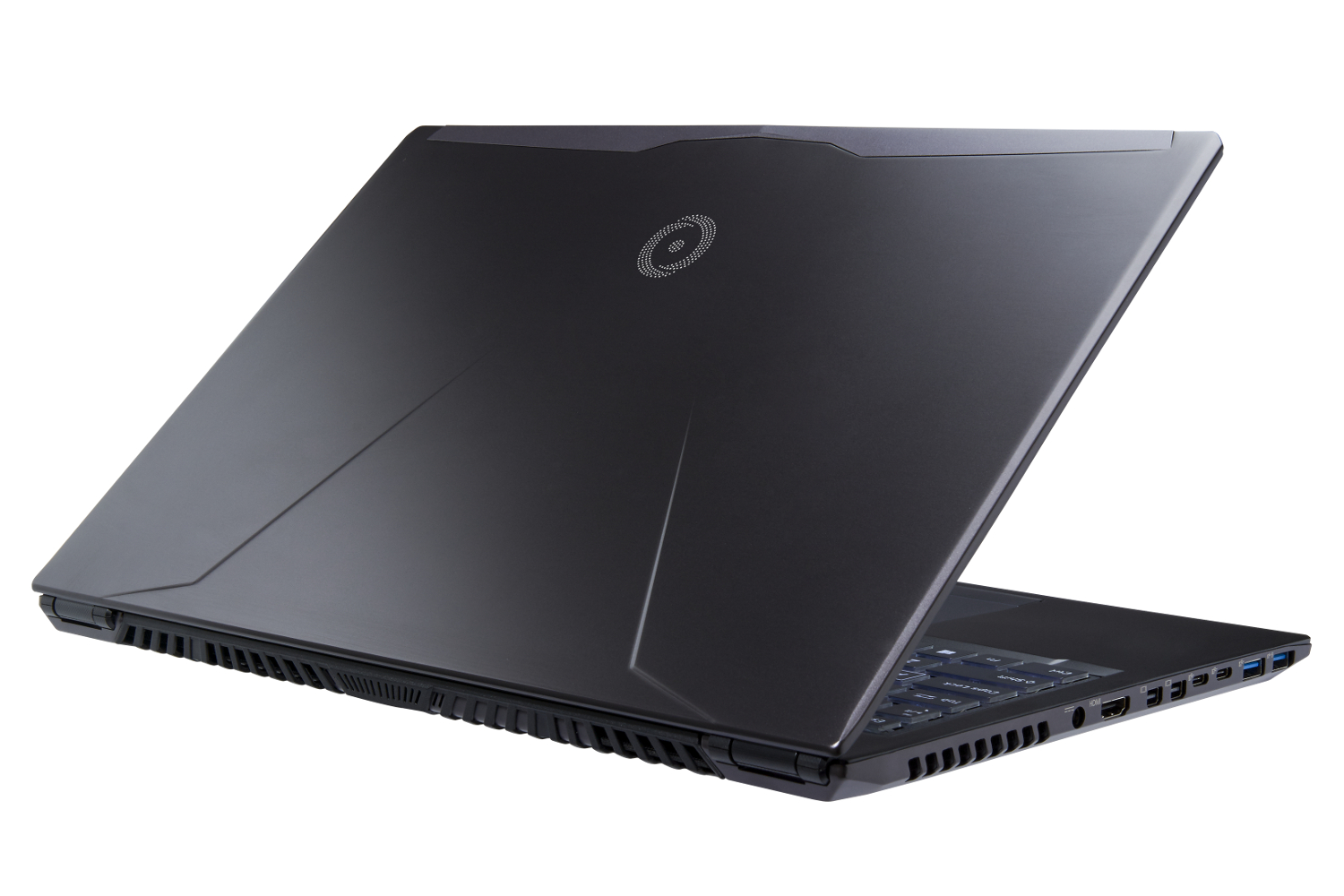On Tuesday, April 3, Origin PC unveiled its new EVO15-S laptop for gamers sporting Intel’s just-announced eighth-generation Core i7-8750H “Coffee Lake-H” processor for notebooks. The launch also introduces a new Matte Display option featuring a screen with a 1,920 x 1,080 resolution and a 144Hz refresh rate. The EVO15-S laptop joins the company’s new-but-similar NT-15 model targeting professionals.
Here are the shared hardware specifications:
| Screen size: | 15.6 inches |
| Resolution: |
3,840 x 2,160 |
| Processor: |
Intel Core i7-8750H |
| Graphics: |
Up to GTX 1070 Max-Q |
| Memory: |
Up to 32GB DDR4 @ 2,666MHz (2x 16GB) |
| Storage: |
Up to 1x 2TB M.2 PCIe SSD |
| Sound: |
Sound BlasterX Pro-Gaming 360 |
| Connectivity: |
Wireless AC (2×2, MU-MIMO) |
| Ports: |
2x USB-C 3.1 Gen1 |
| Battery: |
55WHr |
| Dimensions: |
0.73 inches thick |
| Weight: |
4.3 pounds |
| Starting price: |
$1,733 |
If you’re not familiar with Intel’s Core i7-8750H chip, it’s the newest addition to the company’s eighth-generation lineup and its first six-core, 12-thread chip for laptops. We saw this processor in early March sporting a base speed at 2.2GHz and a maximum speed at 4.1GHz. Leaked benchmarks showed the six-core chip scoring between the current four-core i7-8650U chip for laptops, and the six-core i7-8700 CPU for desktops.
Also listed in the specifications is the term “Max-Q” regarding Nvidia’s GTX 1070 discrete graphics processor. Typically, high-performance discrete GPUs reside in bulky laptops sporting dual-fan designs. But last year Nvidia introduced low-power variants of its GTX 10 Series GPUs for the best performance in laptops measuring just 0.70 inches thin without the need for bulky blowers, hence the Max-Q label.
Meanwhile, Nvidia’s “normal” high-performance GPUs for mobile are still installed in larger laptops. These chips typically outperform its Max-Q siblings because they are allowed to consume more power, hence the higher heat and bulky fan requirement. The Max-Q variants are supposedly only 10 percent slower in performance although some tests have shown up to 14 percent. Still, with Nvidia’s Max-Q design, you’re getting gaming-grade performance in a form factor measuring just under three-fourths of an inch thick.
“It’s simply incredible that the thin and light EVO15-S laptop is less than one inch thick with a six-Core Intel Core i7-8750H processor inside of it!” Kevin Wasielewski, Origin PC CEO and co-founder, said in a statement. “Combined with Nvidia’s GeForce GTX 1070 Max-Q desktop-class graphics, our latest thin and light custom notebooks take gaming, content creation and streaming higher than ever before.”
As the specifications show, the laptops can support up to two storage devices: One stick-shaped SSD and one 2.5-inch drive. The ideal configuration would be to have the primary SSD play host to the operating system and games that require every ounce of hardware performance. The secondary drive would serve as your local storage for movies, music, and other files along with your less-demanding games.
Finally, the laptops ship with free lifetime 24/7 technical support and free lifetime labor for any future upgrades or service. You can configure the laptops now for a starting price of $1,733.






